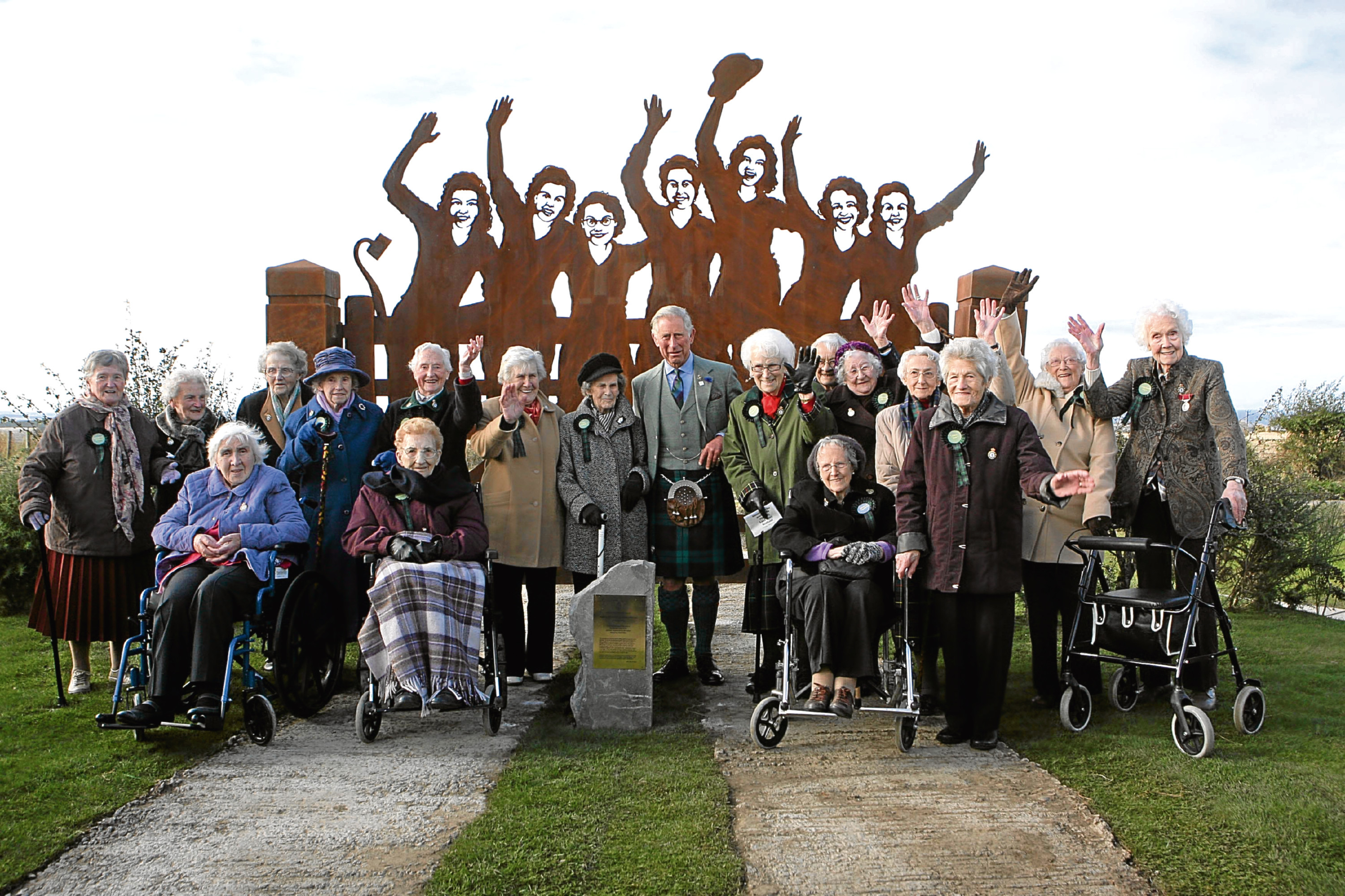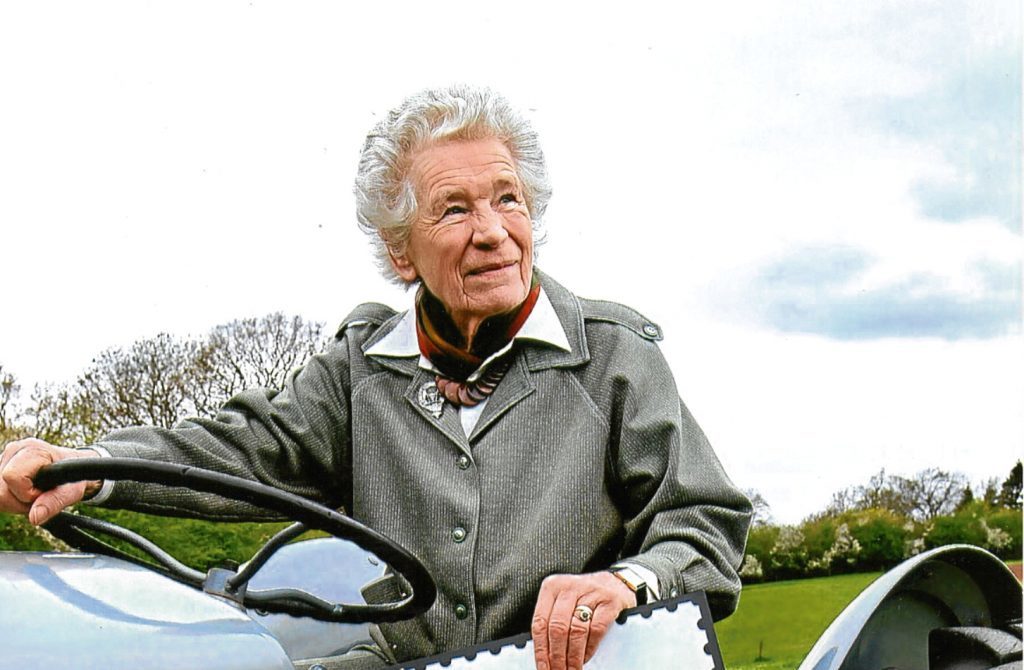
DURING the Second World War, thousands of young women toiled in Scotland’s fields to feed a nation.
One of the group’s last remaining survivors, Mona McLeod, releases her memoirs this month. She tells Laura Smith the Honest Truth about the Land Girls
Why did you join the Women’s Land Army?
When the war broke out I gave up a place at Cambridge University to become a Land Girl.
As my father said, an education was important but we needed to concentrate on winning the war.
Before I knew it, he’d found me a posting on a dairy farm in Galloway and off I went, aged 17.
I still think it’s extraordinary that in 1940 my father could do that without consulting me.
How did the Land Girls help the war effort?
There were 9000 of us in Scotland. One-third of all arable land was set aside for the war and we had to work it because the farmers didn’t have the extra labour.
Years later, I met the farmer I worked for and he told my husband I did the work just as good as any man on the farm.
How difficult was the work?
It was incredibly hard and badly paid.
We worked 10 hours a day, five days a week and did exactly the same work as the men.
I did everything from driving a horse-led hay rake and shifting heavy sacks, spreading dung on the fields and hoeing turnips, which I loathed.
The most I earned was 30 shillings a week, while the men got £3. But we knew what we were doing was valuable – helping to produce essential food for the nation.
So not quite as rosy as portrayed on TV?
Those depictions are utterly false.
We didn’t really have gangs like down in England.
Hundreds of us were totally isolated.
I didn’t meet another Land Girl near me for nine months, and she was miles away.
We were just left to get on with it.
I had no social life. After a 10-hour day, all I wanted to do is collapse into bed.
And as for romances with the farmers’ sons, not a chance – they were all over 40!
I had to cycle nine miles on a Saturday to get to the nearest air rescue station to meet men my own age.
What happened when the war ended?
I was 22 and had a place waiting for me at Edinburgh University, so I was out within a fortnight.
But most Land Girls had to stay in their posting until 1946.
All I got at the time was a letter from the Queen and not a farthing for compensation.
We even had to send our uniform back, which wasn’t much of a loss!
Do you have any regrets?
No. At 94 I’m very fit compared to others my own age, and my mind is still sharp.
I’m very strong and have good balance.
I credit much of that to my five years as a Land Girl.
I married a mountaineer and was still climbing mountains in my 80s.
I have to walk with sticks now, but still managed to get up a big hill in Arran last year.
Did the Land Girls get the recognition they deserve?
Yes, but it took a very long time which is disgraceful!
We were given medals in 2008 and a memorial was unveiled by the Duke of Rothesay in Fochabers in 2013.
By then, only 14 of us could attend and we were all in our 90s.
It was a sculpture of seven girls standing on a gate, waving.
When you make such a contribution and give up five years of your youth, you deserve to be publicly thanked.
But to make that represent our contribution to the war effort, after all those years, was insulting.
That’s why I wanted to write this book, to explain what it really meant to be a Land Girl in Scotland.
A Land Girl’s Tale, by Mona McLeod, is published by Scotland Street Press

Enjoy the convenience of having The Sunday Post delivered as a digital ePaper straight to your smartphone, tablet or computer.
Subscribe for only £5.49 a month and enjoy all the benefits of the printed paper as a digital replica.
Subscribe